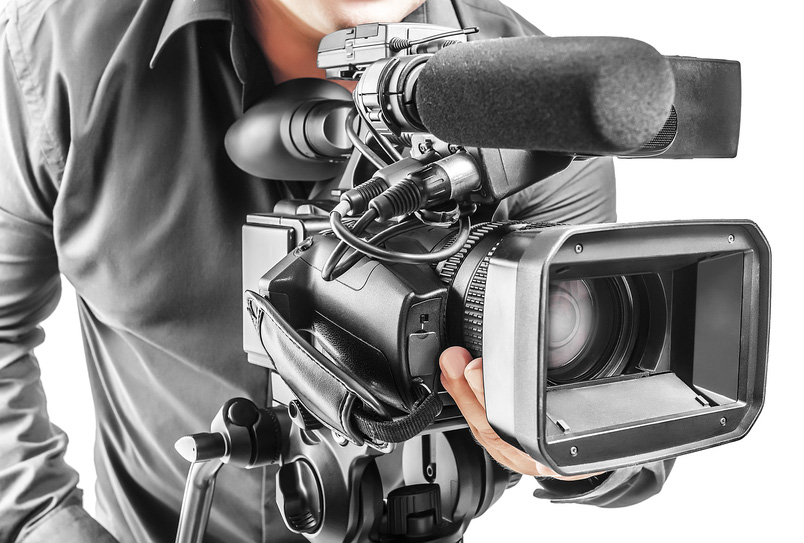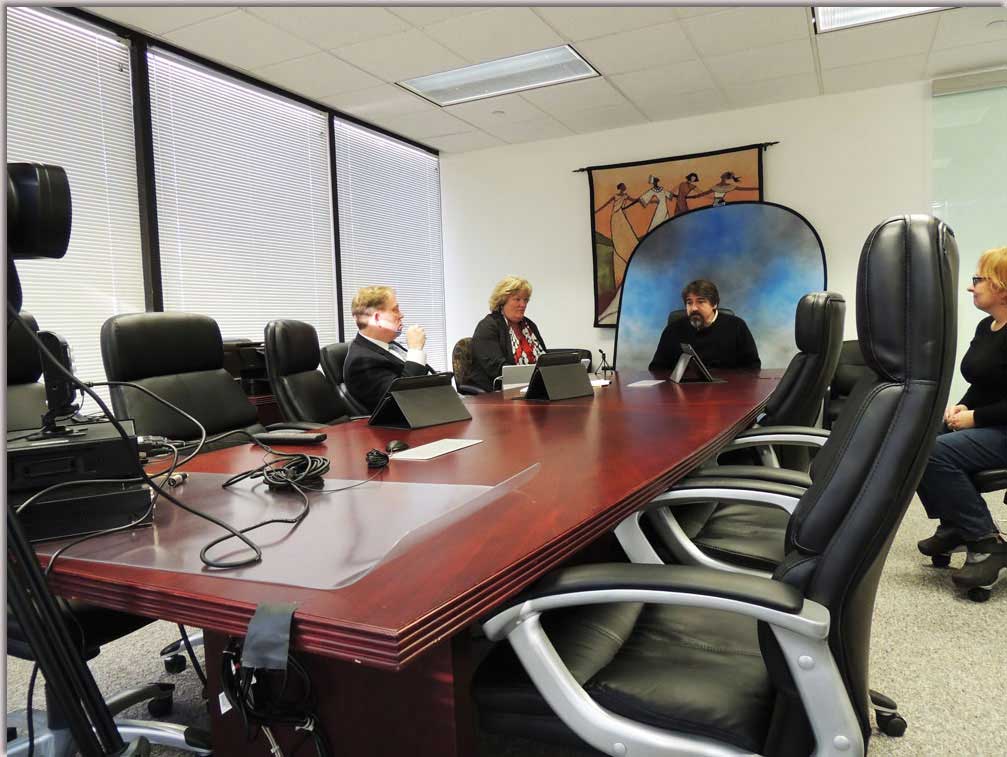The Ultimate Overview to Legal Videography for Lawyer and Legal Teams
Diving Into the Devices of Legal Videography: Unveiling Its Procedure in Shielding Genuine Visual Statement for Judicial Proceedings
In the world of judicial proceedings, the duty of legal videography stands as a foundation in protecting and presenting visual proof. As innovation continues to advancement, the systems behind legal videography have ended up being significantly elaborate, using a critical layer of credibility to statements captured on video.
Historic Advancement of Lawful Videography
Checking out the historic progression of legal videography discloses a substantial makeover in the recording and discussion of visual evidence within the legal landscape. In the past, lawful process greatly counted on composed transcripts and pictures to document events and provide evidence. With the advent of video modern technology, the legal market experienced a paradigm shift in exactly how aesthetic testament was recorded and provided.
The evolution of lawful videography can be traced back to the late 20th century when advancements in video recording equipment made it extra accessible for use in court rooms. This technological innovation not just boosted the accuracy and dependability of aesthetic proof but additionally changed the way instances were presented to discretionary (Legal Videography). Attorneys began to identify the influential power of video clip recordings in conveying emotions, nuances, and non-verbal hints that created records or pictures alone can not record properly

Modern Technology Improvements in Video Clip Documents
What key technological innovations have reinvented video documents in the lawful field? The legal field has actually seen considerable developments in video paperwork innovation that have improved the authenticity and reliability of visual evidence in judicial proceedings.
Furthermore, advancements in video encryption and watermarking technologies have strengthened the security and tamper-proof nature of video clip proof, safeguarding it versus unauthorized alterations or tampering. The development of cloud storage remedies and remote gain access to capabilities has streamlined the storage, retrieval, and sharing of video proof, helping with seamless cooperation among legal specialists and making certain reliable access to important aesthetic testaments when needed. These technological developments in video clip documentation have undoubtedly changed the legal field, enhancing the accuracy, credibility, and admissibility of visual evidence in judicial process.
Duty of Lawful Videographers in Courtroom Settings
The evolution of video documents innovation in the lawful area has required a vital duty for lawful videographers in court setups, making sure the honesty and reliability of visual testimonies provided during judicial process. Legal videographers play a fundamental duty in catching and maintaining accurate visual proof that can be crucial in lawsuit. Their duty encompasses establishing tools, recording proceedings, and generating high-quality video clips that properly reflect the events in the court room.
Furthermore, legal videographers often function closely with lawful teams to ensure that the video proof aligns with the case's requirements and can be efficiently offered in court to sustain the legal disagreements being made. Overall, the role of legal videographers in court setups is vital in supporting the concepts of justice and ensuring the openness of lawful procedures. Legal Videography.

Ensuring Admissibility and Integrity of Video Clip Evidence
To preserve the integrity of aesthetic proof provided in legal proceedings, ensuring the admissibility and integrity of video clip evidence is a crucial obligation for legal videographers. Admissibility describes the approval of proof by you can try here the court, and for video clip proof to be acceptable, it needs to meet particular requirements. Lawful videographers play a vital role in making certain that the videos they capture comply with the policies of proof, such as reliability, significance, and credibility.
Stability of video evidence includes keeping the originality and accuracy of the video footage from the moment it is recorded until it exists in court. This includes firmly saving the video clip files, documenting the chain of guardianship, and stopping any meddling or modifications. Lawful videographers have to stick to rigorous methods to assure the honesty of the video clip evidence and protect against any type of challenges to its credibility.
Future Trends in Legal Videography
Given the increasing reliance on technology in legal procedures, legal videographers are positioned to welcome ingenious innovations forming the future of visual testament capture and presentation. One of the famous patterns imminent is the assimilation of digital truth (VR) and boosted fact (AR) modern technologies right into legal videography. website here These modern technologies have the possible to change just how visual evidence is provided in courtrooms, permitting courts and courts to immerse themselves in the scene of the crime or incident.
Additionally, making use of artificial knowledge (AI) algorithms for video clip evaluation is expected to simplify the procedure of examining and assessing huge quantities of video clip footage. AI can help in identifying key moments, abnormalities, and patterns within videos, enhancing the effectiveness of legal investigations.

Conclusion
In verdict, lawful videography has played a vital duty in providing authentic visual proof for judicial procedures. With technical developments and the competence of legal videographers, the honesty and admissibility of video evidence are made sure in courtroom setups. As lawful videography proceeds to evolve, it will certainly be important to maintain criteria that preserve the accuracy and reliability of visual testament for the future of lawful process.
Taking a look at the historic progression of legal videography discloses a substantial makeover in the catching and presentation of visual proof within the lawful landscape.The development of video clip documents modern technology in the legal area has demanded an important role for legal videographers in court room setups, making sure the honesty and reliability of visual testimonies provided during judicial procedures. Furthermore, lawful videographers usually function closely with legal teams to guarantee that the video evidence aligns with the case's requirements and can be efficiently provided in court to support the legal arguments being made.To maintain the reliability of visual evidence presented in lawful process, making certain the admissibility and honesty of video clip proof is his comment is here an important obligation for legal videographers. As legal videography continues to progress, it will be necessary to copyright requirements that keep the accuracy and dependability of visual testimony for the future of legal process.